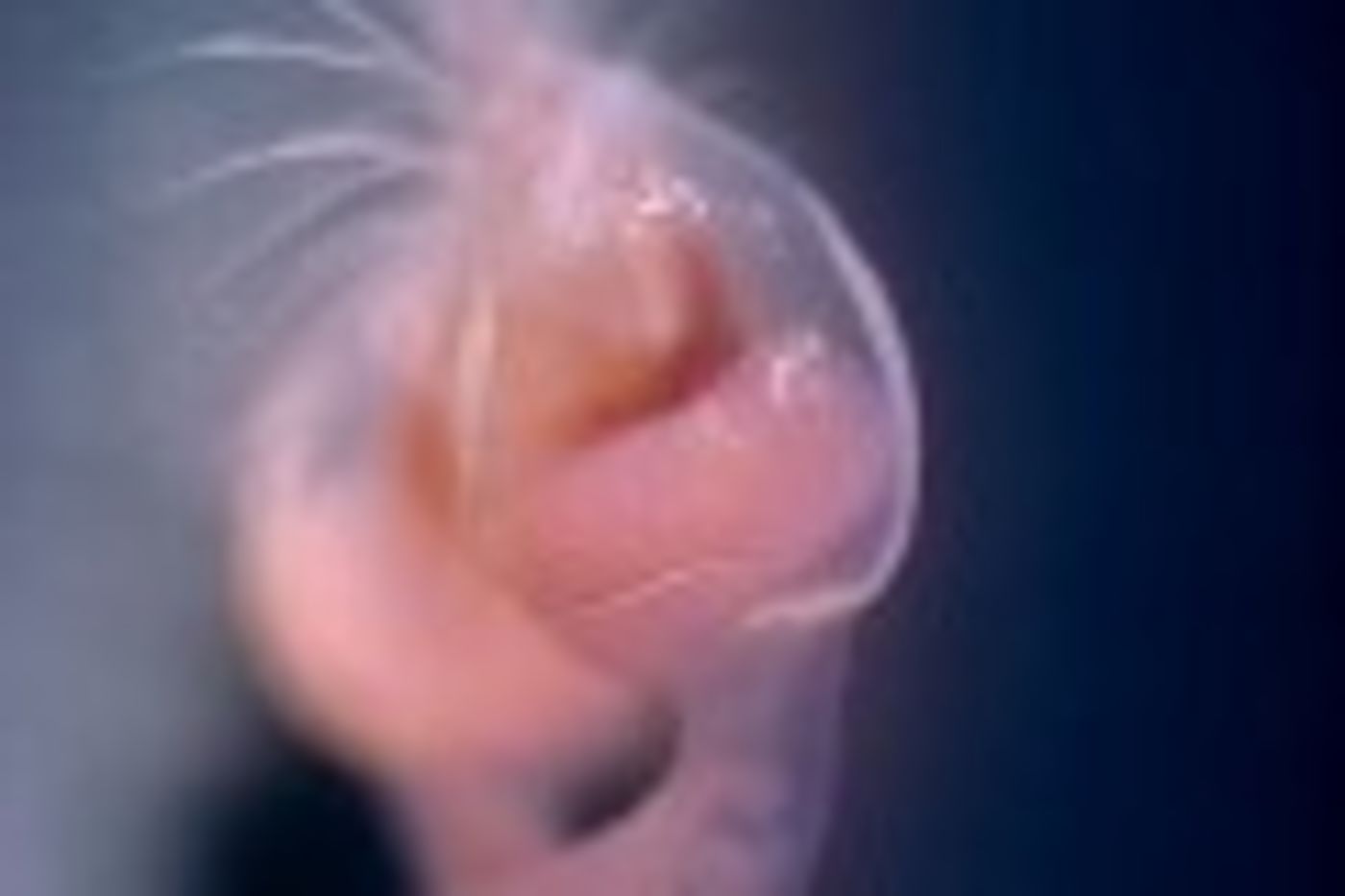Usually, contacts with pedunculate barnacles are casual, as when vacationers walk the sandy beaches of say Manuel Antonio Parque Nationale, Costa Rica. There, frequently, they may be observed attached to bottles, pieces of wood, and plastic - almost anything that floats ashore on the tides. Or, contact may be purposeful and dangerous, as it is for Galacian barnacle fishermen and their families who almost daily risk their lives scraping barnacles from the rugged rocky coast of northwest Spain for the restaurant market (Pohl, Otto, N. Y. Times 8-22-01). Fairly recently, pedunclate barnacles have appeared as specialty offerings, delicacies, in some restaurants in New York.
To our knowledge, however, no octolasmids are sought for food by humans, most likely because of their small size, the mature adults being no more than an inch in length and rarely thicker than a match stick in cross section through the peduncle. Except for an occasional fisherman whose curiosity might be aroused by observing them on the exoskeleton, notably on the carapace, ambulatory appendages, and exposed mouthparts of crabs and lobsters, ostolasmids generally escape notice. Crab fishermen who have had difficulty keeping recently caught crabs alive until they can get them to market have reported that, on inspection, such “bad” or “sour crabs” often have heavy infestations of octolasmids in the gill chambers.

For persons interested in observing species of Octolasmis;alive the best place to look is in fish markets where various edible crab and lobster species are kept alive in containers of seawater with continuous aeration. One learns to look for crabs that have acorn barnacles attached to the exoskeleton. The bigger the acorn barnacles, the longer the period of time since the last crab molt, and the more likely octolasmids are to be present.In Asian markets, with a little experience and some luck, one looks for Octolasmis warwickii;which live as adults on the carapace and external appendages of crabs, lobsters, and stomatopods. If they are present, octolasmids that live in the gill chambers are likely to be present as well.The base of the peduncle is firmly attached, actually cemented, to the exoskeleton or gills depending upon the species.Thus the barnacle is destined to remain attached at the site until the next molt of the host when the barnacles are sloughed off with the exuviae and probably are eaten along with the exuviae by scavengers. We have reported finding traces of peduncle attachments, including stumps of various lengths, which strongly suggests that the gill “cleaners” are effective to a certain extent.
But the functional beauty of the pedunculate body plan is in its flexibility, an obvious advantage over the acorn plan, in outreach for a mate and in maintaining the best feeding position as the currents shift, wax, and wane within the branchial chamber.